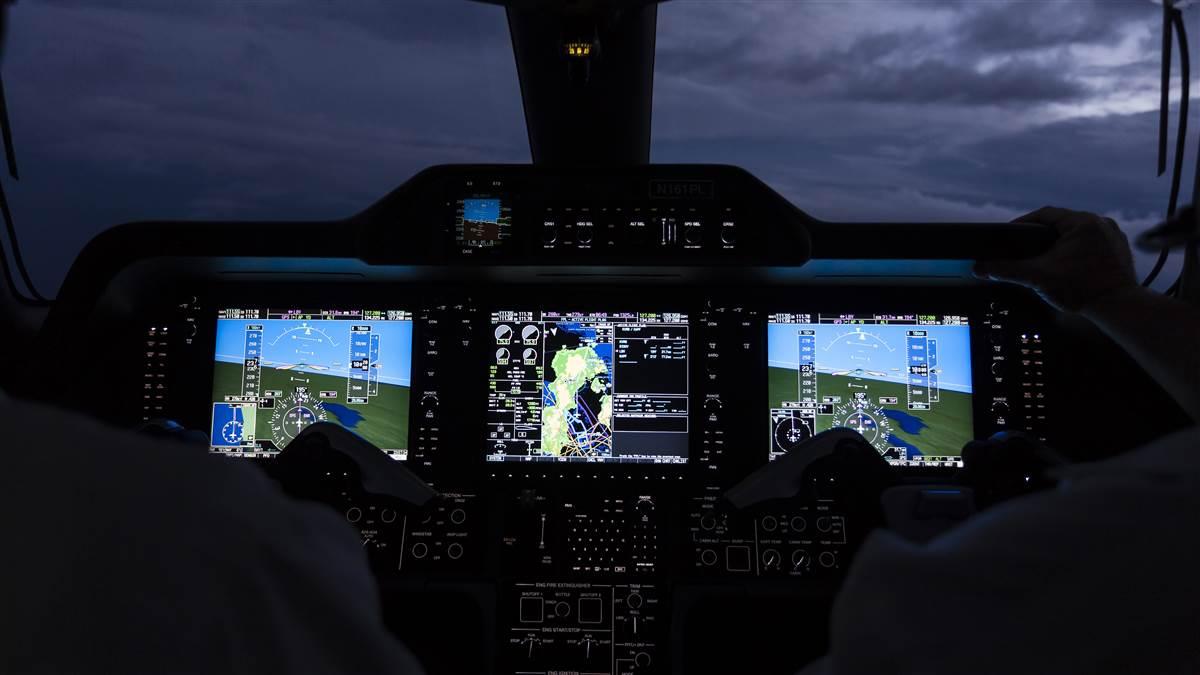Red-Eyes
Not all schedules are great. Red-eyes fall under that category of just “plane” crummy for most of us. While some pilots profess to love them, most do not, and those that do tend to fly as freight dogs. Cargo flying is an entity unto itself, and I won’t claim to know a lot about it other than the fact that it isn’t for me, and I am convinced that those that claim to love flying red-eyes are lying or crazy or both.

Most red-eyes travel from west to east, so that passengers can get a full day in before departure and arrive at the destination early in the morning, thus allowing them to feel totally miserable for an entire day while pretending that they have saved time or gained efficiency. The airline gets the benefit of moving an airplane from one city to another for an early morning departure while getting a whole bunch of suckers to pay for the privilege of said misery and defraying the cost of said aircraft movement.
At the pointy end of the airplane are two (or more) pilots that must ignore their feelings of misery. On the rare occasions I have done red-eyes, I’ve tried almost every trick in the book to make it more palatable/less miserable: I’ve stayed up late the night before; I’ve taken late naps, early naps, and sometimes no naps; I’ve consumed caffeine (both too much and too little [for the record, I don’t drink coffee and rarely drink caffeinated beverages]); I’ve eaten a regular meal early and a light meal late. Basically, if someone has thought about it, I’ve tried it.
All-night flying (ANF) is hard. Going east, at some point, the sun will be right in your eyes, a complete insult to your burning desire to sleep. The radio will be far quieter than usual, so there is less to pay attention to. If you’re flying west, you’ll likely be going into a headwind, and it will feel as though every mile is taking forever (because it is). In three- and four-person crews, it’s a bit easier to plan for, because arrangements can be made ahead of time as to who will be resting first. Besides, sleeping on a bed on the airplane is much better than trying to sleep in a seat.
Fortunately, FAR 117 has done much to bring modern sleep science into aviation (not so for cargo pilots, whom the FAA and Congress consider to be expendable), which has made schedules more humane. But the fact remains that there will always be a demand for “back side of the clock” flights, and there will always be those days when a normal day flight is hours behind schedule. The only advice I can give is to try your own methodologies to figure out how you as an individual can best prepare yourself to be as awake as possible when you report to work at your normal sleeping hours, so that you can avoid rubbing your eyes red by the time your red-eye ends.


